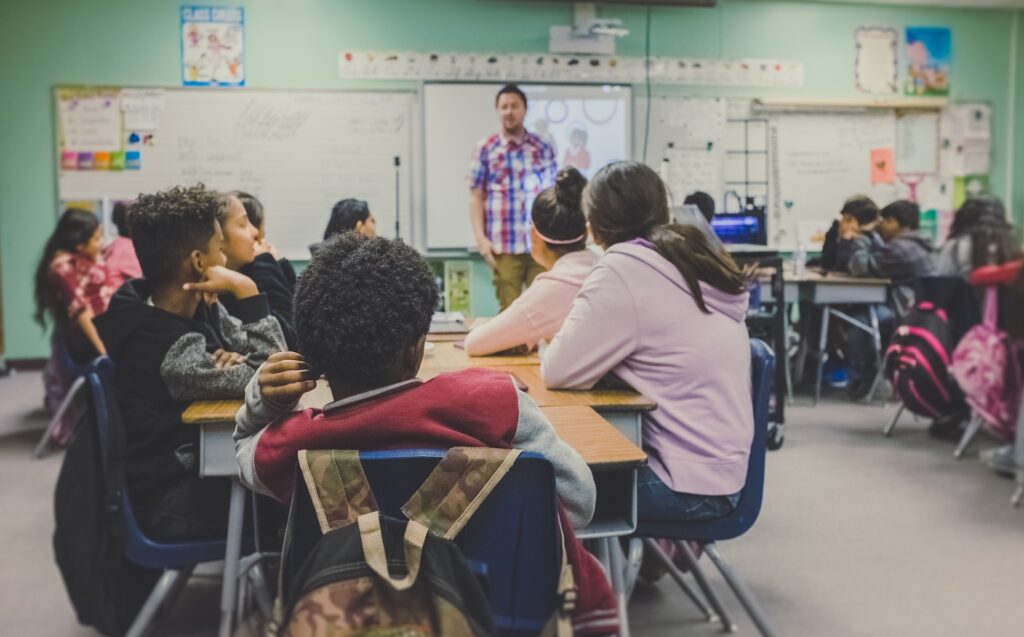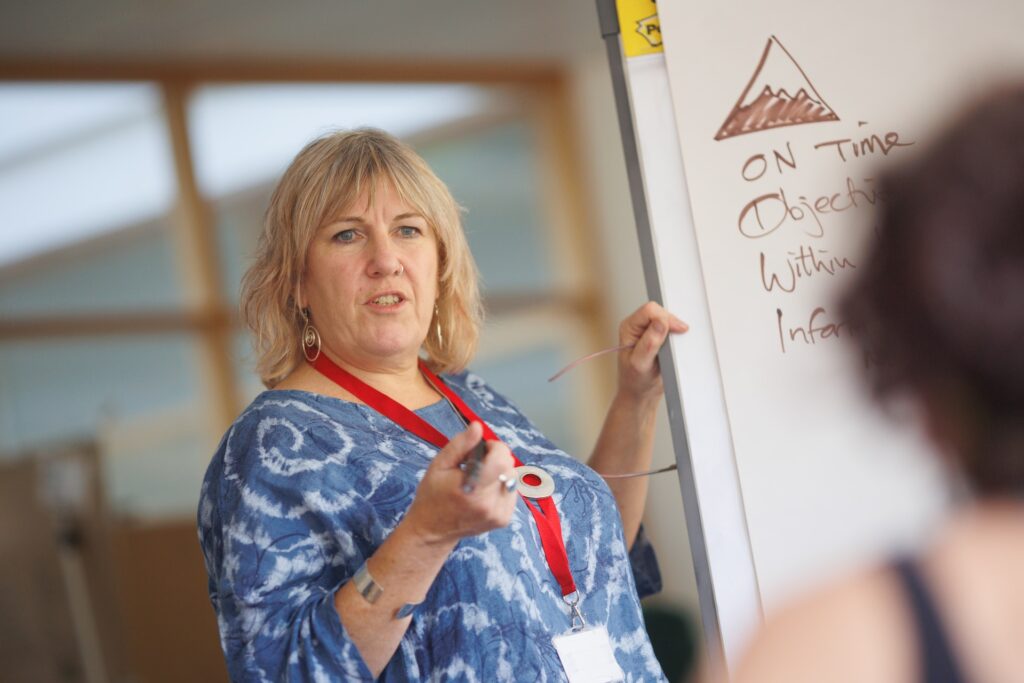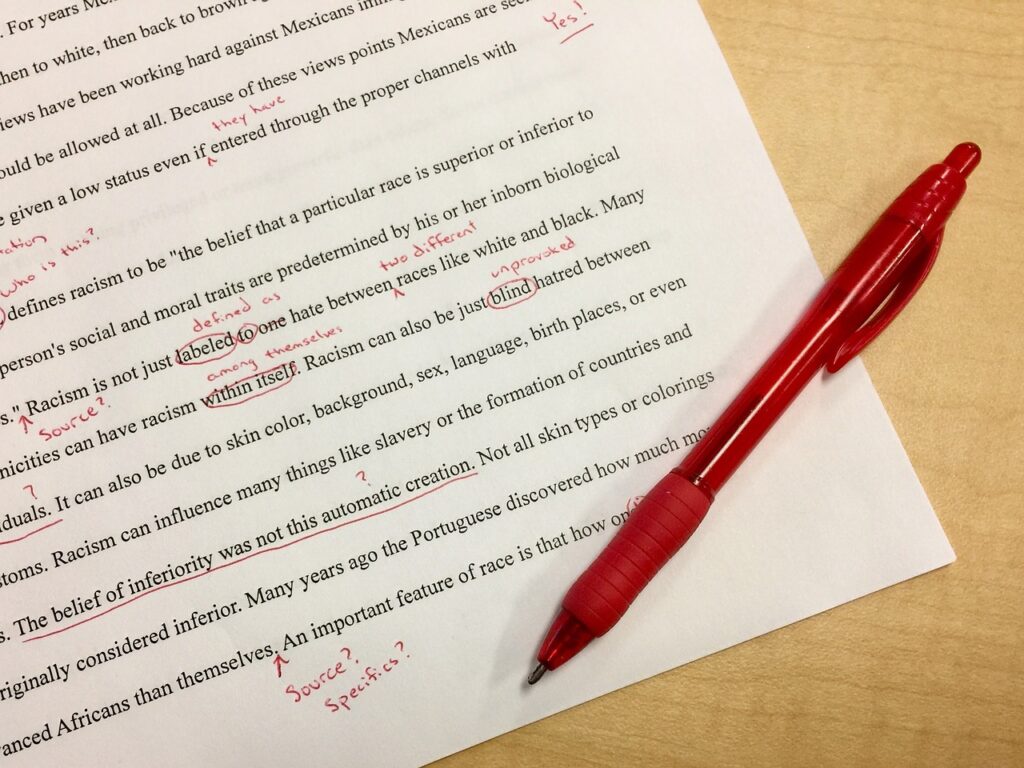Corrections are important when learning English, in fact, they are essential for improvement. However, there are corrections that are no longer used because teaching methodologies have improved, but many students still ask for them. For example, many students ask for on-the-spot correction, but an experienced teacher knows that this type of correction is not always the most appropriate, such as in conversation classes, when the aim is to make students feel confident in speaking and to develop fluency.
For this reason, we will mention some of these corrections below.
Correction on the spot
This is the one that students tend to ask for the most, as it is the one we associate most with our learning at home, at school and in subjects such as mathematics. However, for languages, this correction should not always be the one used, especially when speaking. As I mentioned earlier, if you are looking to improve fluency, it is best to let students speak as much as possible without interruption, even if they make mistakes. If we constantly interrupt students, they will not effectively develop their fluency. However, if we let them speak without correcting too much, they will eventually improve their fluency and also their confidence in speaking.
This type of correction works best in other activities such as grammar, vocabulary or when seeking to improve pronunciation. In these cases, it is better to correct right in the moment, explain and repeat so that the occurrence of the error is reduced.
But many students ask to be corrected every time they make a mistake, even in oral production activities, and failure to do so can affect the reputation of teachers because students may think that the teacher does not have enough knowledge of the language to correct.

Delayed correction
This type of correction works best in the activities mentioned above, oral production and fluency, since it avoids interrupting the dialogue and the conversations become a little more natural. Now, this does not mean that the correction is not in the moment, it should be done especially when mistakes are very serious or when a mistake that has already been explained is repeated, teachers just interrupt a little and correct. However, at the end of the class or activity is when the errors are explained more in detail and, to do so more accurately, the activity can be recorded.
Elicitation

This type of correction seeks that the student corrects himself/herself with the help of the teacher. First, the teacher identifies a mistake or some specific grammatical or vocabulary point they want to check if the student remembers and invites the student to notice or identify the error and correct it. For example:
– Teacher: I work, you work, he/she …?
– The student: works
Making these corrections helps the student remember and realize for themselves that they handle the content. On the other hand, the teacher can check that the student handles content that has already been explained in class.
Therefore, corrections should vary depending on the type of exercise or activity being done. Teachers should explain to students, especially to those who only like to be corrected on the spot, that they should not always correct in the same way, since learning languages is not the same as learning other subjects and, for this reason, corrections and teaching activities are changed and adapted.
